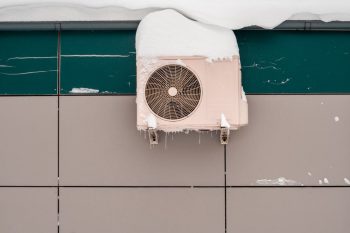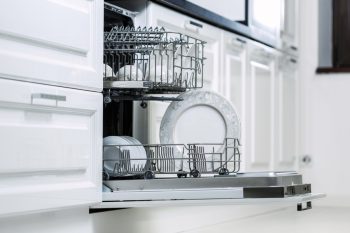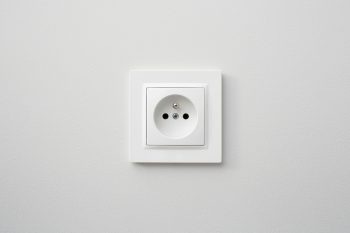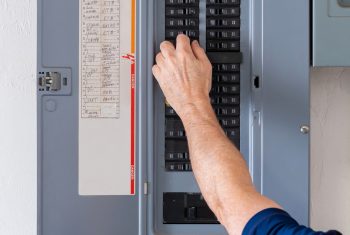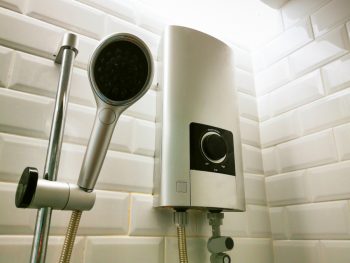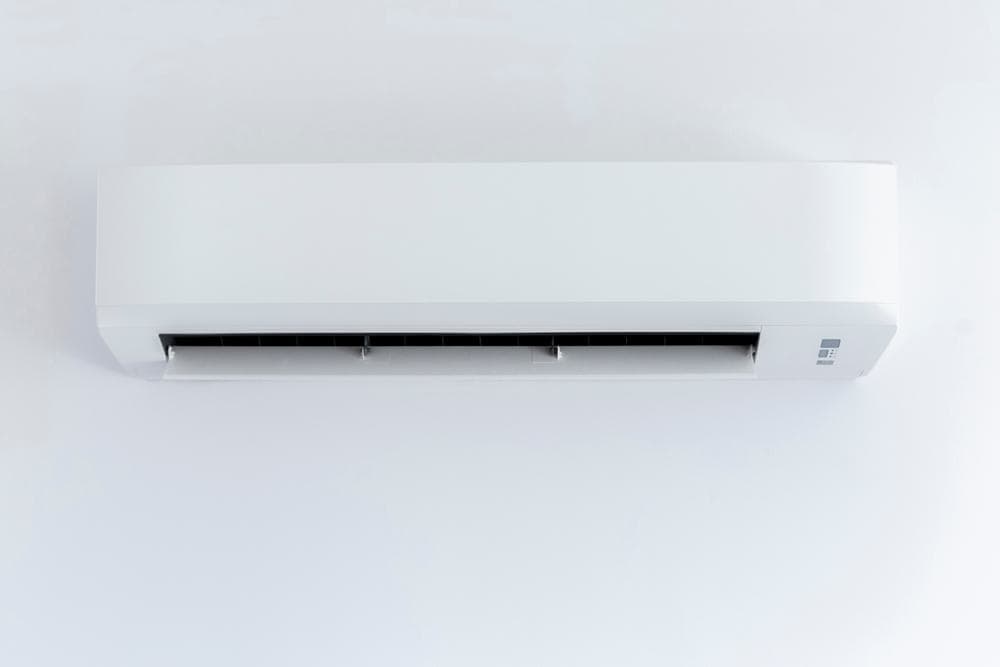
An air conditioning (AC) unit is a crucial part of any home or business establishment, especially during the hot summer months. It provides a comfortable environment by cooling the air and reducing humidity levels. However, for your AC unit to function optimally and efficiently, it needs to be properly installed and maintained. One crucial aspect of this is ensuring that the AC unit is level. In this comprehensive guide, we will discuss why leveling an AC unit is essential, the potential risks of not doing so, and step-by-step instructions on how to level an AC unit.
To level an AC unit, first turn off the power to the unit. Use a carpenter’s bubble level to check if the unit is level. If it’s not, identify the cause, which is usually the settling of the concrete pad or the ground beneath it. You can then level the unit by lifting the concrete pad and packing sand or gravel beneath it, adjusting the unit’s legs, or hiring a professional to level the concrete. Once leveled, recheck with the bubble level and then turn the power back on. For any uncertainties, consult with a professional HVAC technician.
Why Leveling an AC Unit is Important
Leveling an AC unit during the installation process is essential for several reasons. Firstly, the compressor in an AC unit requires oil lubrication to run smoothly. If the unit is not level, the oil inside will be unevenly distributed, leading to inadequate lubrication and potential damage to the compressor. Secondly, an unlevel AC unit can reduce the system’s efficiency, making it work harder and consume more energy to achieve the desired cooling effect. This can result in higher energy costs and increased wear on the unit’s components. Lastly, installing the AC unit on an uneven surface can cause increased vibration, which can lead to wear and tear on the equipment and even cause refrigerant lines to come loose. Over time, this can shorten the unit’s lifespan and result in more frequent repairs.
Potential Risks of an Unlevel AC Unit
Not leveling an AC unit can lead to several potential risks and consequences. These include inefficiency, increased energy usage, drainage problems, damaged compressor, increased vibration, toppling risk, electrical discharge, and AC compressor failure. The most severe risk is the potential for the compressor to overheat, leading to damage or complete system breakdown. To avoid these risks, it is essential to ensure that your AC unit is properly leveled and maintained.
How To Level an AC Unit Correctly
Here’s a step-by-step guide on how to level an AC unit:
- Turn off the power: Before starting any work, ensure that the power to the AC unit is turned off. This is a critical safety precaution to avoid any electrical mishaps.
- Assess the level: Use a carpenter’s bubble level to check the level of the AC unit. Place it on top of the unit in both directions (front to back and side to side) to determine if it’s level.
- Identify the problem: If the AC unit is not level, identify the cause. The most common issue is the settling of the concrete pad or the ground beneath it.
- Level the unit: Depending on the size and condition of the concrete pad, you can use one of the following methods to level it: a. Use a long board to lift one end of the concrete pad, then pack sand or gravel beneath it. Repeat the process on the other end, making the pad as level as possible. b. If the AC unit sits on adjustable legs, loosen the screws on the lower legs, adjust their height, and then tighten the screws again. c. For professional concrete leveling, hire a technician to drill strategic holes in the pad and pump a dense compound through the holes to fill voids below the slab. The pressure will raise the slab back to the correct position.
- Recheck the level: After leveling the pad, recheck the level of the AC unit using the carpenter’s bubble level.
- Turn the power back on: Once the AC unit is level, you can turn the power back on.
Remember that leveling an AC unit is essential for its proper functioning and to prevent premature wear and tear on the fan and other components. If you’re unsure about any of the steps or need assistance, it’s best to consult a professional HVAC technician.
Conclusion
Leveling an AC unit is a critical aspect of its installation and maintenance. It ensures optimal performance, longevity, and efficiency of the system. While the process can be a bit complex, it is well worth the effort. However, if you’re unsure or uncomfortable with the process, always seek the help of a professional. With a level AC unit, you can enjoy a cool, comfortable environment without worrying about unnecessary energy costs or frequent repairs.
Frequently Asked Questions
Can I use a digital level instead of a carpenter’s bubble level to check the level of my AC unit?
Yes, you can. A digital level can provide a more precise reading and can be easier to read than a traditional carpenter’s bubble level. However, both tools are equally effective for this task.
How often should I check the level of my AC unit?
It’s a good practice to check the level of your AC unit at least once a year, ideally before the cooling season begins. However, if you notice any signs of your AC unit not working efficiently, such as uneven cooling or increased energy usage, you should check the level immediately.
What type of professional should I hire for concrete leveling?
You should hire a professional who specializes in concrete leveling or a professional HVAC technician. They have the right tools and experience to handle the task effectively.
Can I use something other than sand or gravel to level the concrete pad?
Sand and gravel are commonly used because they provide good support and are easy to work with. However, you can also use other materials like concrete or a self-leveling compound as long as they provide a stable and level base for the AC unit.
Why is it important to turn off the power before leveling the AC unit?
Turning off the power is a crucial safety step. It prevents the risk of electrical shock, which could occur if you accidentally touch electrical components while working on the unit.

